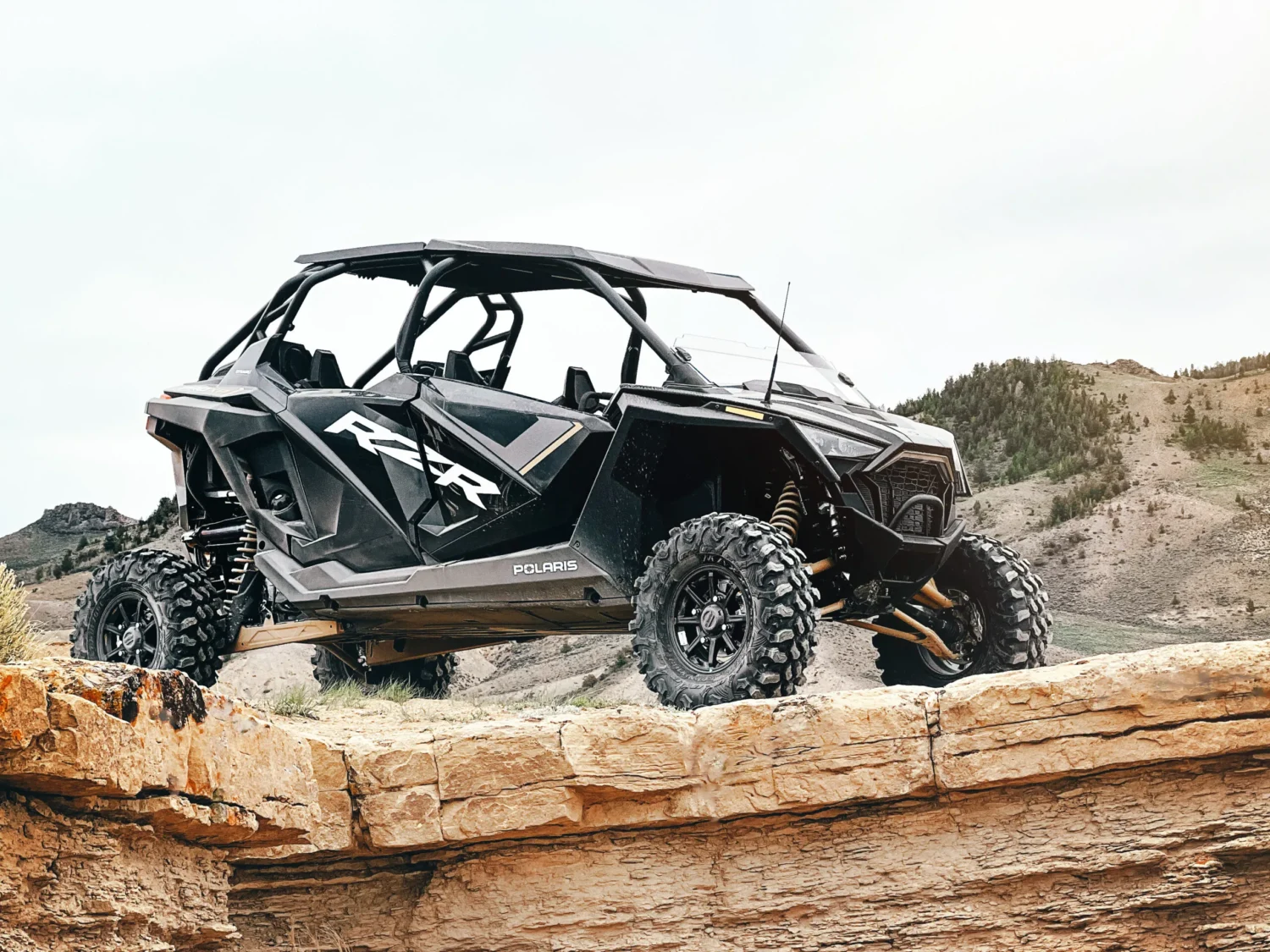
The world of off-roading is exhilarating, and your UTV (Utility Terrain Vehicle) is your trusty steed for conquering the rugged trails and wild terrains. Whether you’re a seasoned off-roader or just starting to explore this thrilling hobby, one thing remains constant: the need for proper UTV care and maintenance. In this comprehensive guide, we’ll delve into the essential practices that will keep your UTV in peak condition and ensure a reliable off-roading experience.
The Importance of Regular UTV Maintenance
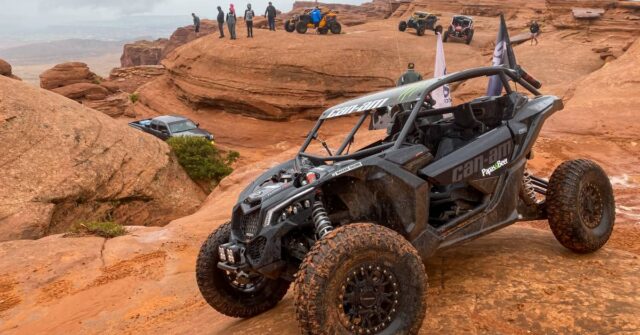
Before we dive into the nitty-gritty details of UTV care, let’s understand why regular maintenance is crucial. Your UTV is a mechanical marvel designed to tackle tough environments, but it’s not invincible. Neglecting maintenance can lead to costly repairs, breakdowns in the middle of nowhere, and even compromise your safety. Regular upkeep not only extends the lifespan of your UTV but also enhances its performance and reliability.
Pre-Ride Inspection Checklist
Every off-roading adventure should begin with a thorough pre-ride inspection. This checklist ensures that your UTV is ready to tackle the challenges ahead. Start by checking the tires for proper inflation and any signs of damage. Examine the brakes, lights, and steering to ensure they are in working order. Don’t forget to inspect the suspension and shocks for leaks or wear. Finally, check for loose bolts, fasteners, and fluid levels. A well-executed pre-ride inspection can prevent minor issues from escalating into major headaches on the trail.
Cleaning and Protecting Your UTV

After a thrilling day of off-roading, your UTV is likely covered in dirt, mud, and debris. Proper cleaning is more than just aesthetics; it’s about preserving your vehicle’s integrity. Use a pressure washer or a hose to remove the surface dirt, and then scrub the chassis, undercarriage, and body panels. Apply a quality UTV-specific cleaner and protectant to shield against corrosion and UV damage. Regular cleaning not only keeps your UTV looking sharp but also extends its life by preventing rust and deterioration.
Oil and Fluid Changes: Keeping Your UTV Lubricated
Lubrication is the lifeblood of your UTV’s engine and mechanical components. Regular oil and fluid changes are non-negotiable. Refer to your owner’s manual for the manufacturer’s recommended intervals, but as a rule of thumb, change the engine oil, transmission fluid, and differential fluid after every 25 hours of use. Don’t forget to inspect and grease the chassis fittings to prevent wear and tear.
Battery Maintenance: Ensuring a Smooth Start
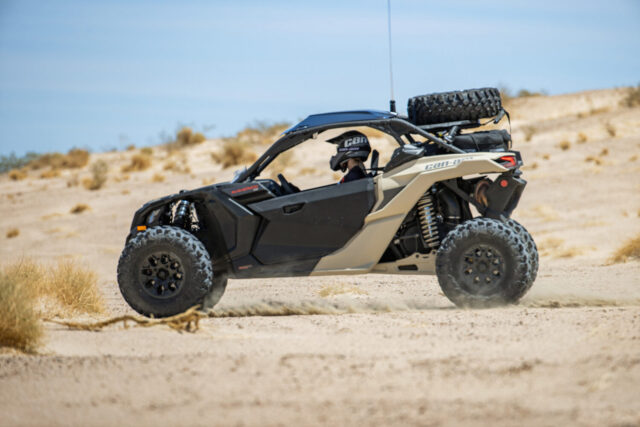
Your UTV’s battery is essential for starting the engine and powering accessories like lights and winches. To avoid getting stranded, check the battery’s voltage regularly and ensure it’s within the recommended range. Clean the battery terminals and connections, removing any corrosion. If your UTV is going to be stored for an extended period, consider disconnecting the battery or using a trickle charger to maintain its charge.
Tire Care for Optimal Off-Roading Performance
Tires are your UTV’s point of contact with the terrain, making them a critical component of off-roading performance. Start by checking tire pressure; proper inflation ensures stability and traction. Inspect the tire treads for wear and damage, as well as the sidewalls for any cracks or punctures. Rotate your tires regularly to promote even wear, and always carry a spare for emergencies.
Suspension and Shock Absorber Maintenance
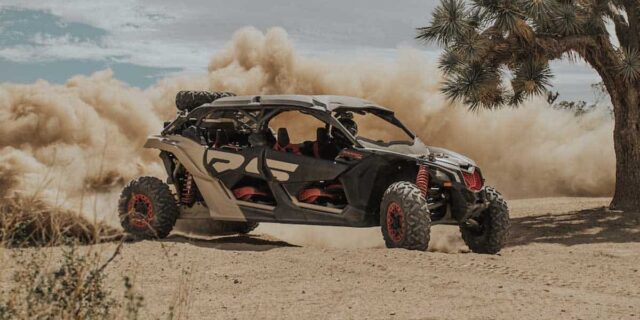
The suspension system and shock absorbers are your UTV’s best friends when it comes to handling rough terrain. Periodically inspect the shocks for leaks, damage, or signs of wear. If you notice decreased performance or a rougher ride, it’s time to replace them. Adjust your suspension settings to match the terrain and your riding style, optimizing comfort and control. If your equipment in this department is run to the ground consider replacing them with Can am UTV parts.
UTV Brake System: Safety and Maintenance Tips
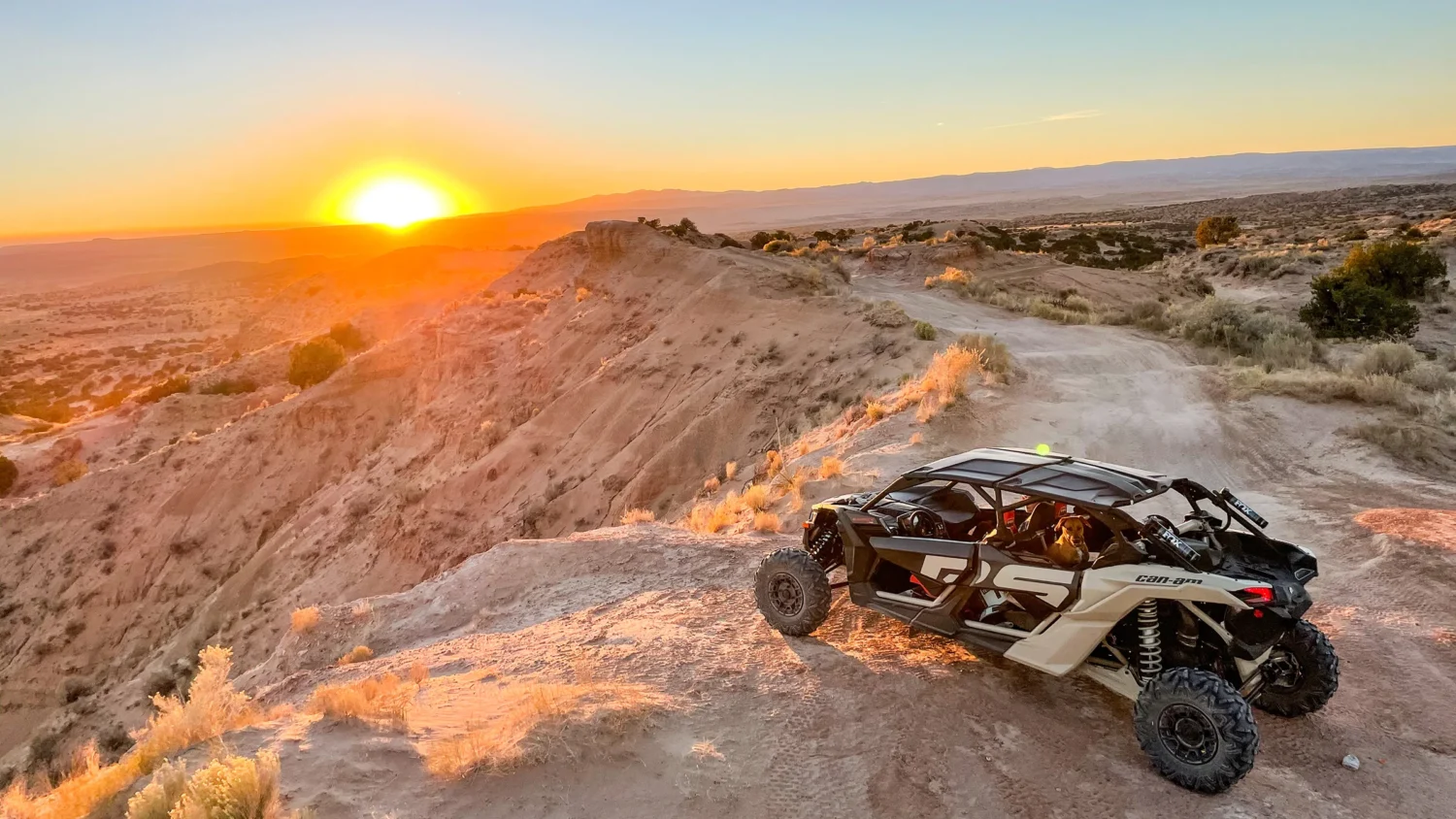
Your UTV’s brake system is the unsung hero of your off-roading adventures, ensuring your safety when conquering rugged terrains. It’s paramount to inspect the brake pads and discs for wear meticulously. Replacing them when worn down to their limits is non-negotiable. Failing to do so can compromise your ability to stop swiftly and safely on challenging trails.
Additionally, bleeding the brake system is a maintenance step that shouldn’t be overlooked. This process eliminates air bubbles that can diminish braking performance. A properly bled brake system ensures consistent stopping power, crucial for navigating steep descents and unpredictable obstacles. Remember, it’s not just the pads and discs; the entire system deserves your attention.
Don’t neglect your brake lines either. These critical components can be prone to damage or leaks, potentially jeopardizing your ability to stop when needed most. Regularly inspecting the lines and addressing any issues promptly is essential for safe off-roading. Remember, when it comes to brakes, reliability is the linchpin between a memorable adventure and a potentially dangerous mishap.
Preventing Rust and Corrosion
Off-roading often exposes your UTV to moisture, mud, and salt, which can lead to rust and corrosion. To protect your investment, consider applying a rust-resistant coating to the chassis and other vulnerable areas. Keep your UTV clean and dry whenever possible, and touch up any scratches or chips in the paint to prevent rust from taking hold.
Storage and Off-Season Maintenance
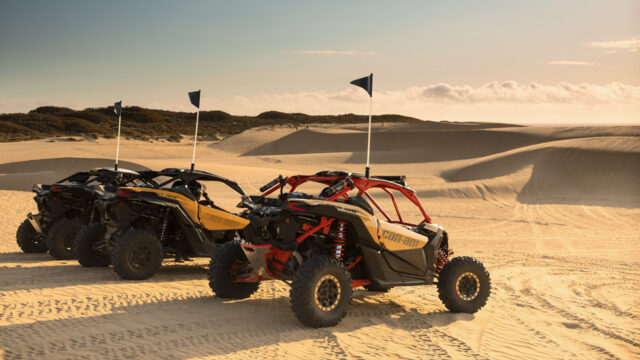
When the off-roading season comes to a close, proper storage and off-season maintenance are crucial. Clean your UTV thoroughly, remove any dirt or debris, and apply a protective wax or sealant to the exterior. Change the oil and filter, as used oil can contain contaminants that harm the engine during storage. Store your UTV in a dry, cool place, ideally indoors, to prevent moisture-related issues. Disconnect the battery or use a battery maintainer to keep it charged.
UTV Accessories and Modifications: What to Consider
Many off-roaders enjoy customizing their UTVs with accessories and modifications to enhance performance and convenience. Whether it’s adding a winch, upgrading the suspension, or installing additional lights, it’s essential to choose high-quality components and ensure proper installation. Consider how each accessory or modification will impact your UTV’s weight, balance, and overall functionality.
Bottom Line
In conclusion, UTV care and maintenance are paramount for a reliable off-roading experience. Regular inspections, cleaning, lubrication, and attention to detail can go a long way in preserving the longevity and performance of your UTV. Remember that safety should always be a priority, so don’t skimp on brake maintenance and other critical safety checks. By following these practices, you’ll not only enjoy more trouble-free adventures but also get the most out of your trusty off-roading companion. Happy trails!











